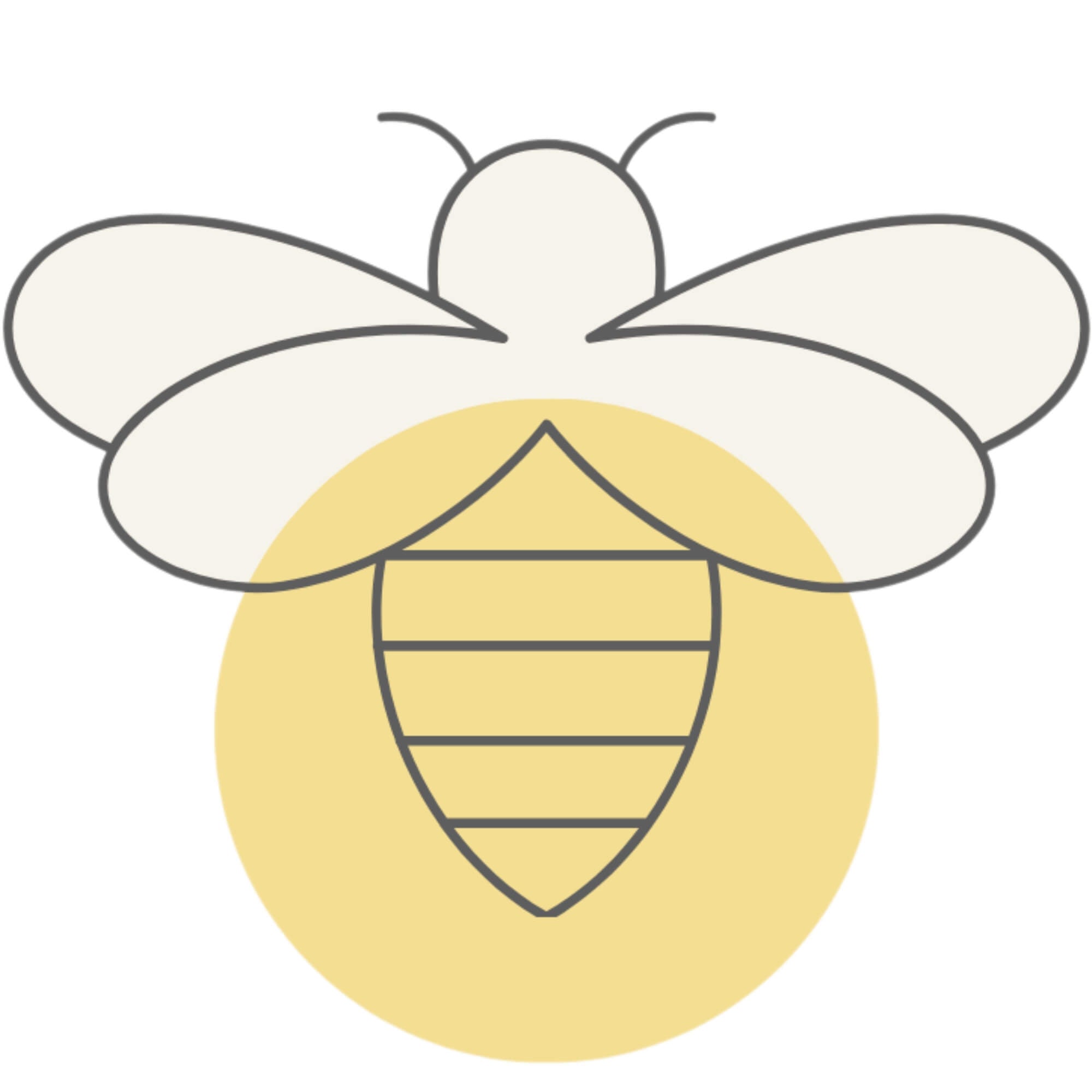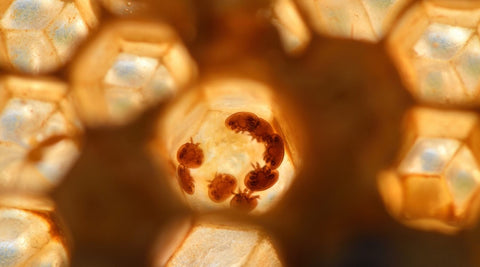Beekeeping, once a hobby relegated to rural areas, has gained popularity in recent years as urban beekeeping becomes more accessible and awareness of pollinator decline grows. Whether you're interested in harvesting your own honey or simply supporting the vital role bees play in our ecosystem, starting your own hive can be a rewarding and educational experience. In this article, we'll cover the basics of beekeeping to help you get started on your journey as a beekeeper.
-
Understanding Bee Behavior: Before diving into beekeeping, it's essential to understand the behavior of bees. Bees live in colonies organized around a queen bee, whose primary role is to lay eggs. Worker bees, which are female, gather nectar and pollen, tend to the hive, and protect it from intruders. Drones, the male bees, mate with the queen. Bees communicate through intricate dances and pheromones, coordinating their activities within the hive.
-
Choosing the Right Location: Selecting the proper location for your hive is crucial. Bees thrive in sunny areas protected from strong winds. Ensure there's a water source nearby for the bees to access. If you're urban beekeeping, consider any local regulations or ordinances regarding hive placement.
-
Selecting Hive Equipment: The two most common types of beehives are Langstroth and top-bar hives. Langstroth hives, with their vertically stacked boxes, are the most widely used and allow for easy management and honey extraction. Top-bar hives have bars across the top where bees build their comb, offering a more natural approach to beekeeping. Choose equipment based on your preferences and local conditions.
-
Acquiring Bees: There are several ways to acquire bees for your hive. You can purchase a package of bees, which typically includes a queen and a group of worker bees, or purchase a nucleus colony (nuc), which consists of a queen and a small number of worker bees along with frames of brood and food. Another option is to capture a swarm, although this can be more challenging for beginners.
-
Managing the Hive: Regular hive inspections are essential for monitoring the health and productivity of your colony. During inspections, you'll check for signs of disease, ensure the queen is laying eggs, and assess honey stores. Be prepared to manage pests and diseases that may threaten your hive, such as Varroa mites or American foulbrood.
-
Harvesting Honey: One of the most rewarding aspects of beekeeping is harvesting your own honey. Depending on the size and strength of your colony, you may be able to harvest honey in your first year of beekeeping. Invest in quality extraction equipment and follow proper sanitation practices to ensure the purity of your honey.
-
Safety Considerations: Beekeeping comes with inherent risks, including bee stings and allergic reactions. Always wear protective clothing, including a beekeeping suit, veil, and gloves, when working with your hive. Keep an epinephrine auto-injector on hand if you or anyone assisting you is allergic to bee stings.







Comments (0)
There are no comments for this article. Be the first one to leave a message!